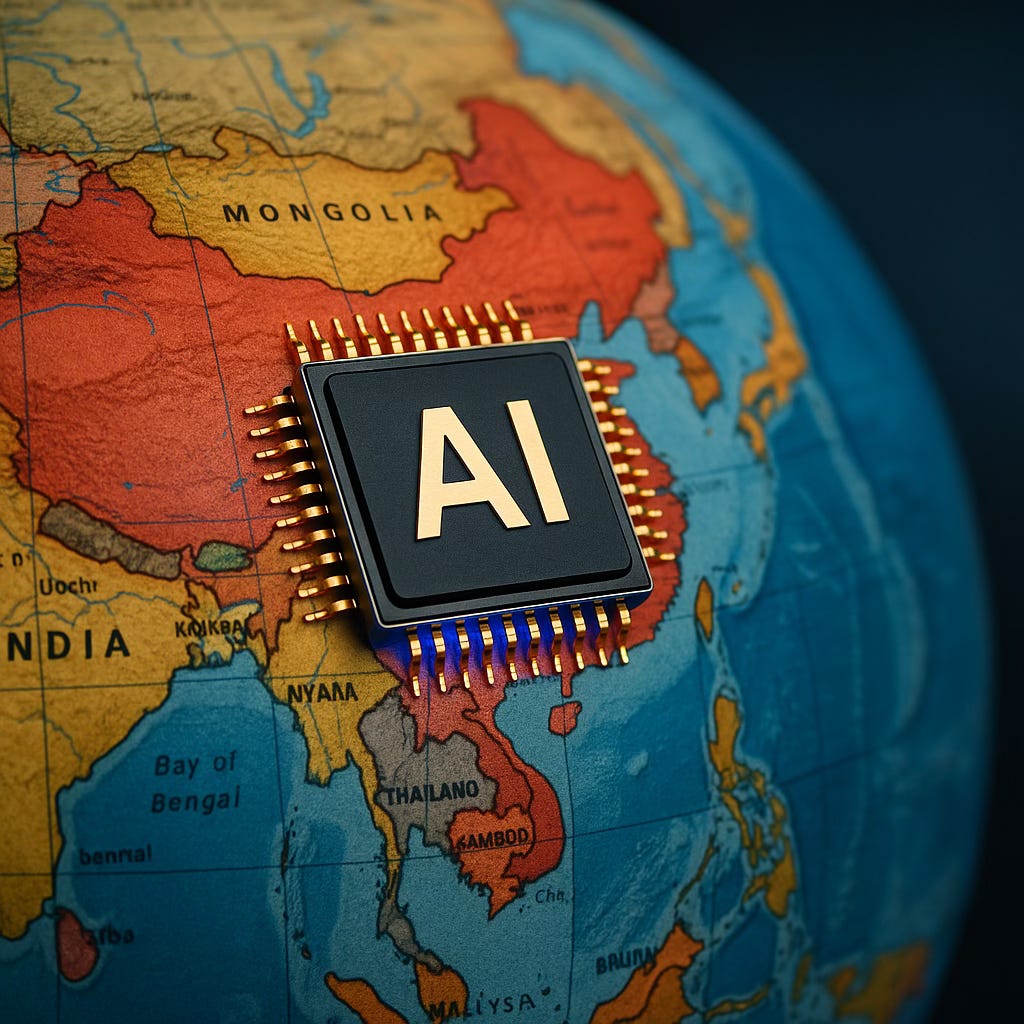- Pascal's Chatbot Q&As
- Posts
- China is rapidly shaping the future of intellectual property (IP) law in response to the rise of artificial intelligence (AI), as evidenced by two significant legal milestones in 2024 and 2025.
China is rapidly shaping the future of intellectual property (IP) law in response to the rise of artificial intelligence (AI), as evidenced by two significant legal milestones in 2024 and 2025.
China’s latest legal efforts show that it is not only reacting to but proactively shaping the evolving interface between artificial intelligence and intellectual property.
AI and IP in China: Key Developments and Judicial Innovation
by ChatGPT-4o
China is rapidly shaping the future of intellectual property (IP) law in response to the rise of artificial intelligence (AI), as evidenced by two significant legal milestones in 2024 and 2025. The release of the Supreme People’s Court’s (SPC) Annual Report on the Application of Law in Intellectual Property Cases (2024) and Guangdong’s issuance of the first judicial policy specifically addressing AI-related IP disputes together signal a deliberate move toward refining the legal framework to accommodate emerging technologies.
1. National Judicial Clarifications: SPC’s 2024 IP Case Law Summary
China’s Supreme People’s Court published a comprehensive report summarizing 41 precedent-setting rulings. Though not binding in the common law sense, these cases serve as de facto guidelines, harmonizing legal interpretations nationwide. Key AI-relevant takeaways include:
Copyright for Software & Algorithmic Platforms:
The SPC affirmed the applicability of the principle of exhaustion to software distributed with hardware, allowing resale under certain conditions. This has implications for AI-enabled embedded systems and IoT devices.
It also held that software vendors involved in deploying content on in-vehicle platforms (e.g., infotainment systems) could be jointly liable for copyright infringement, increasing accountability for algorithmic distribution.
Duty of Care and Algorithmic Aggregation:
Courts raised the duty of care for platforms implementing unified content aggregation algorithms, such as recommendation engines, emphasizing proactive obligations to prevent IP violations.
Recognition of Applied Art and Originality:
Functional works with artistic merit—potentially including AI-generated visual content—can be protected as “fine art” under copyright law, so long as originality is proven.
Contractual Rights in Creative IP:
A landmark ruling acknowledged the rights of screenwriters who withdrew from film/TV projects if their original script content was substantially used, opening pathways for credit disputes in AI-assisted writing or co-creation.
These rulings create a nuanced and detailed map of how courts weigh creative contribution, technological function, and contractual intent, which are central to IP disputes involving AI-generated content.
2. Regional Innovation: Guangdong’s AI & IP Judicial Policy
Guangdong, one of China’s most innovation-driven provinces, has taken the lead by issuing the country’s first dedicated judicial policy on IP and AI. Its High People's Court issued the Opinions on Promoting Artificial Intelligence Technology Innovation and Industrial Development through High-Quality Intellectual Property Trial Work.
Key highlights include:
Ownership of AI-Generated Content:
Judges are now guided to assess AI-related copyright disputes case-by-case, focusing on contractual terms, human creative input, intellectual investment, and contribution level.
New Standards for Liability:
The opinions encourage development of custom-tailored infringement and liability rules suited for AI innovation, while protecting creators’ rights.
Industry and Innovation Support:
Guangdong’s judiciary aims to stimulate the AI sector by supporting clear rights allocation and encouraging pre-agreed contractual terms for ownership and benefit sharing.
The initiative also supports the growth of the Guangdong-Hong Kong-Macao Greater Bay Area as a global AI and science hub.
Integration with “AI+” Initiatives:
The courts will strengthen judicial support for AI across sectors, such as cloud storage, manufacturing, and virtual property—underscoring the broader strategic ambition of fusing legal infrastructure with digital transformation.
Conclusion: Toward a New IP Framework for AI
China’s latest legal efforts show that it is not only reacting to but proactively shaping the evolving interface between artificial intelligence and intellectual property. From high-level national precedent to regional policy experimentation, Chinese courts are becoming active agents in defining the contours of creativity, liability, and ownership in the age of machines.
These developments offer a glimpse into the future of global IP systems, where the lines between human and machine authorship are increasingly blurred, and legal systems must evolve to maintain fairness, innovation, and clarity.
Summary List: Key AI & IP Legal Developments in China (2024–2025)
Guangdong's Judicial Opinions:
First regional judicial policy addressing AI-generated content ownership.
Case-by-case assessment of human vs. machine contribution.
Encouragement of pre-agreed IP contracts for AI innovation.
New liability rules tailored for AI contexts.
SPC's National Rulings:
Copyright protection affirmed for functional art (e.g., applied AI-generated designs).
Exhaustion doctrine applied to software bundled with hardware.
Algorithmic aggregation increases legal duty of care for platforms.
Joint liability affirmed for platform operators enabling IP infringement via AI delivery channels.
Recognition of co-authorship in film/TV work even after early withdrawal from projects.
